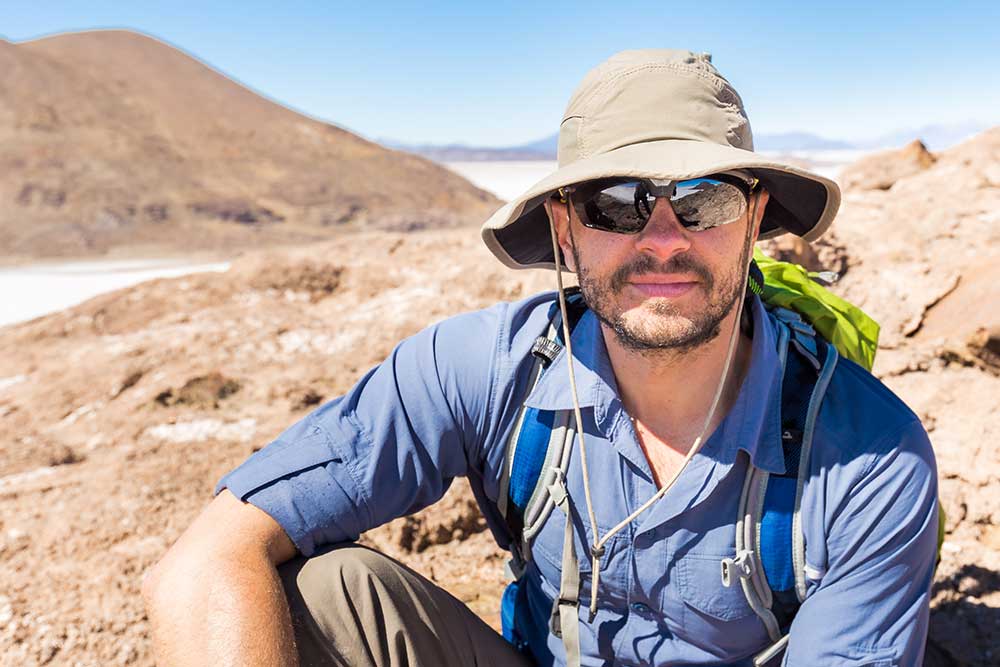All Categories
Featured
Table of Contents
Geophysics, Engineering Geophysics And Applied ... in Munster Australia 2020

(PREM)., and the limits between layers of the mantle are consistent with stage shifts.

Schematic of Earth's magnetosphere. Flows from left to.
Inside the magnetosphere, there are relatively dense regions of solar wind particles called the Van Allen radiation belts. Geophysical measurements are typically at a particular time and location. Precise measurements of position, in addition to earth contortion and gravity, are the province of geodesy. While geodesy and geophysics are different fields, the two are so carefully connected that lots of scientific organizations such as the American Geophysical Union, the Canadian Geophysical Union and the International Union of Geodesy and Geophysics include both.
Geology Careers: Degree Requirements, Cost & Salary in Casaurina Australia 2023
, integrates astronomical collaborates and the regional gravity vector to get geodetic collaborates. This approach only supplies the position in two coordinates and is more challenging to utilize than GPS.
Gravity measurements ended up being part of geodesy since they were needed to associated measurements at the surface area of the Earth to the recommendation coordinate system.
Water level can likewise be determined by satellites using radar altimetry, contributing to a more accurate geoid. In 2002, NASA released the Gravity Recovery and Environment Experiment (GRACE), wherein 2 twin satellites map variations in Earth's gravity field by making measurements of the range between the two satellites utilizing GPS and a microwave ranging system. , which are studied through geophysics and area physics.
Integrated Geophysical Surveys For The Safety in Karawara Western Australia 2023

Since geophysics is worried about the shape of the Earth, and by extension the mapping of features around and in the world, geophysical measurements consist of high accuracy GPS measurements. These measurements are processed to increase their accuracy through differential GPS processing. When the geophysical measurements have been processed and inverted, the analyzed outcomes are outlined utilizing GIS.
Lots of geophysics business have actually designed internal geophysics programs that pre-date Arc, GIS and Geo, Soft in order to satisfy the visualization requirements of a geophysical dataset. Expedition geophysics is applied geophysics that often uses remote sensing platforms such as; satellites, airplane, ships, boats, rovers, drones, borehole noticing equipment, and seismic receivers.
Aeromagnetic information (airplane gathered magnetic information) gathered using standard fixed-wing airplane platforms should be fixed for electro-magnetic eddy currents that are developed as the airplane moves through Earth's magnetic field. There are also corrections related to changes in measured potential field strength as the Earth rotates, as the Earth orbits the Sun, and as the moon orbits the Earth.
Uses For Geophysical Data in Ballajura WA 2020
Signal processing includes the correction of time-series information for unwanted sound or mistakes introduced by the measurement platform, such as aircraft vibrations in gravity information. It also involves the decrease of sources of sound, such as diurnal corrections in magnetic data. In seismic data, electro-magnetic data, and gravity information, processing continues after error corrections to consist of computational geophysics which result in the last analysis of the geophysical data into a geological interpretation of the geophysical measurements Geophysics emerged as a separate discipline just in the 19th century, from the intersection of physical location, geology, astronomy, meteorology, and physics.
The magnetic compass existed in China back as far as the 4th century BC. It was utilized as much for feng shui as for navigation on land. It was not until great steel needles could be created that compasses were used for navigation at sea; before that, they might not retain their magnetism long enough to be helpful.
By looking at which of eight toads had the ball, one might figure out the direction of the earthquake. It was 1571 years before the first design for a seismoscope was released in Europe, by Jean de la Hautefeuille. It was never ever constructed. Among the publications that marked the start of contemporary science was William Gilbert's (1600 ), a report of a series of meticulous experiments in magnetism.
Geophysics, Engineering Geophysics And Applied ... in Claremont Western Australia 2023
In 1687 Isaac Newton published his, which not just laid the structures for classical mechanics and gravitation however also explained a variety of geophysical phenomena such as the tides and the precession of the equinox. The very first seismometer, an instrument efficient in keeping a constant record of seismic activity, was built by James Forbes in 1844. Dietmar; Sdrolias, Maria; Gaina, Carmen; Roest, Walter R. (April 2008). "Age, spreading out rates, and spreading out asymmetry of the world's ocean crust". Geochemistry, Geophysics, Geosystems. 9 (4 ): Q04006. Bibcode:2008 GGG ... 9. 4006M. doi:10. 1029/2007GC001743. S2CID 15960331. "Earth's Inconstant Electromagnetic field". science@nasa. National Aeronautics and Area Administration. 29 December 2003. Obtained 13 November 2018.
Runcorn, S.K, (editor-in-chief), 1967, International dictionary of geophysics:. Pergamon, Oxford, 2 volumes, 1,728 pp., 730 fig Geophysics, 1970, Encyclopaedia Britannica, Vol. Intro to seismology (2nd ed.).
Latest Posts
Geological And Geophysical Surveys in Mullaloo Western Australia 2023
Geophysical Surveys & Mapping - Ecs Limited in Rockingham WA 2020
Marine Geophysicist in Iluka Aus 2020